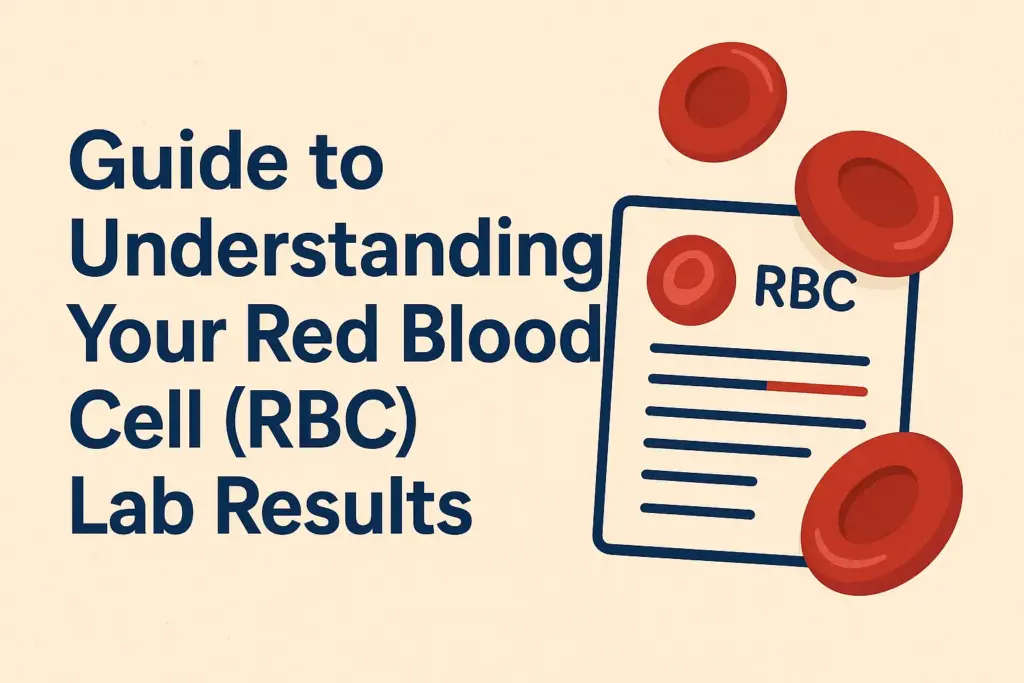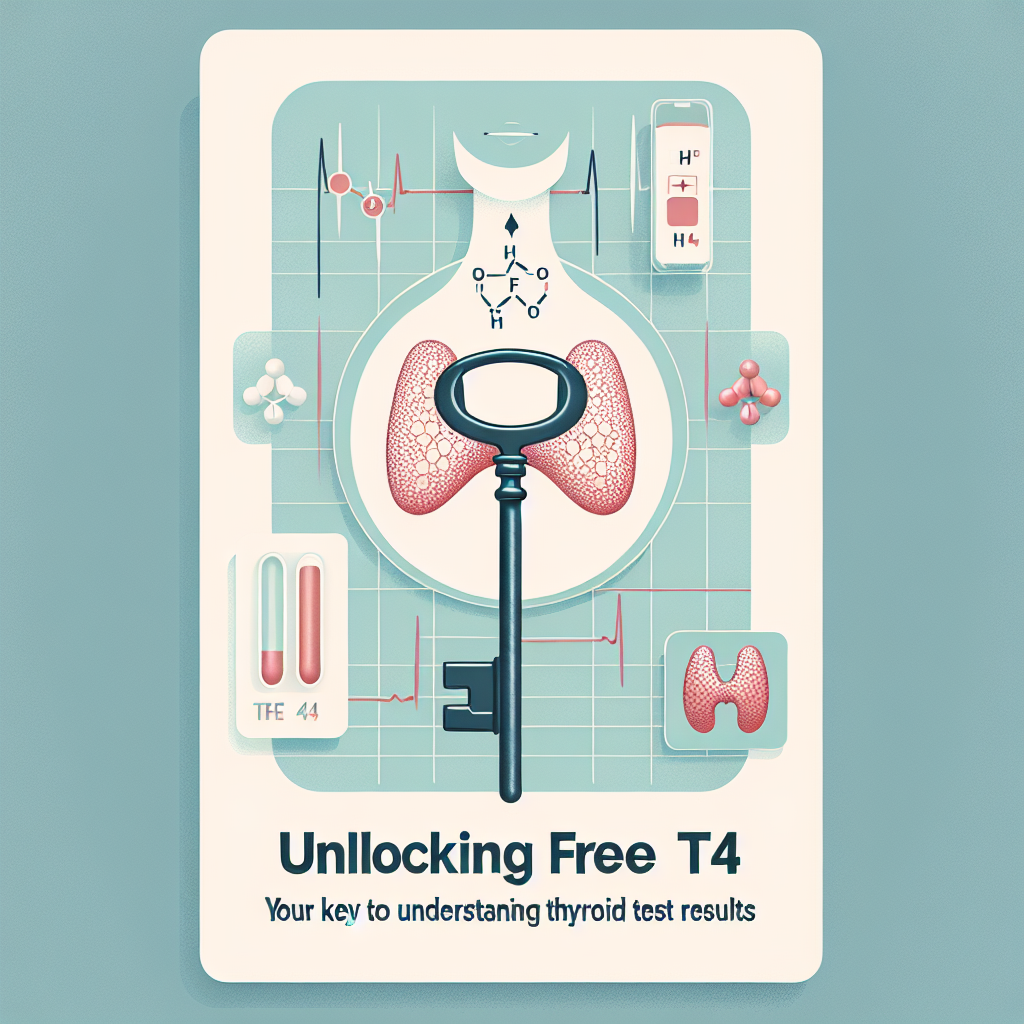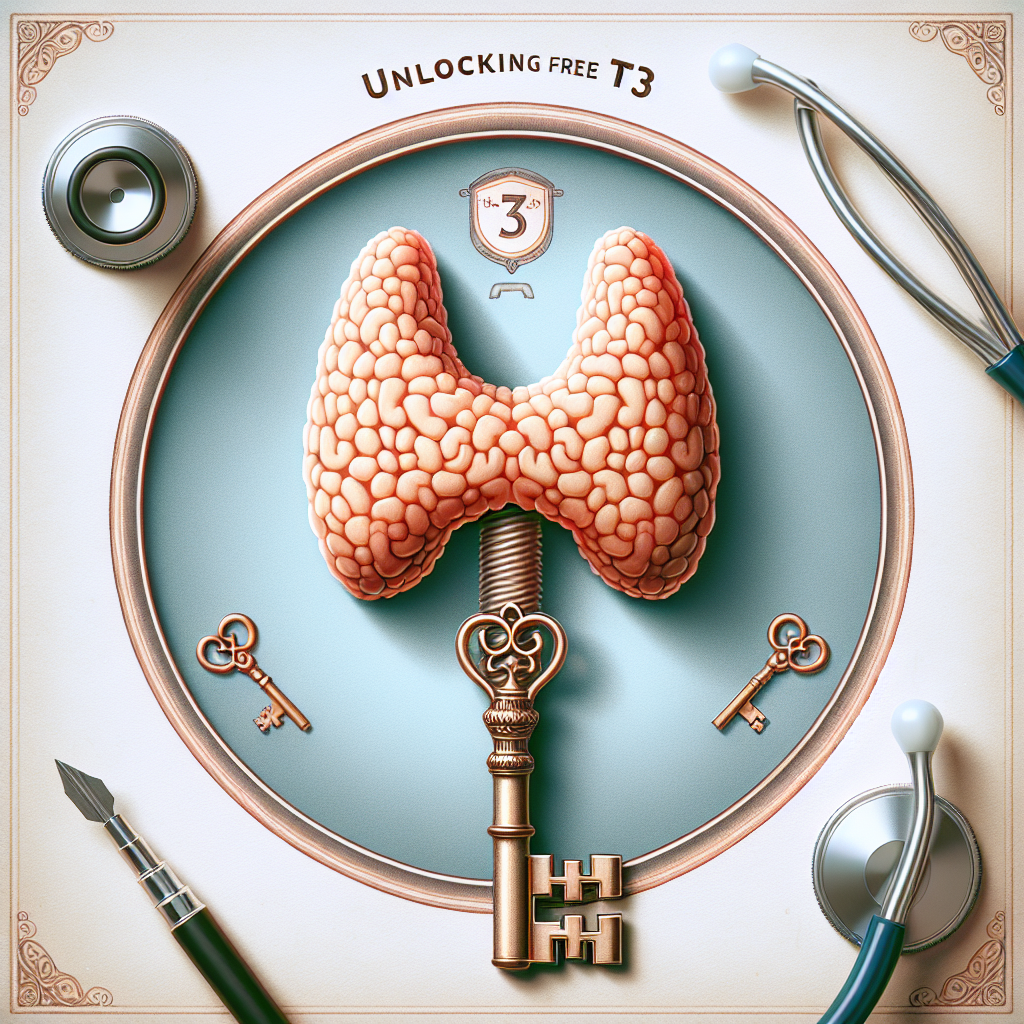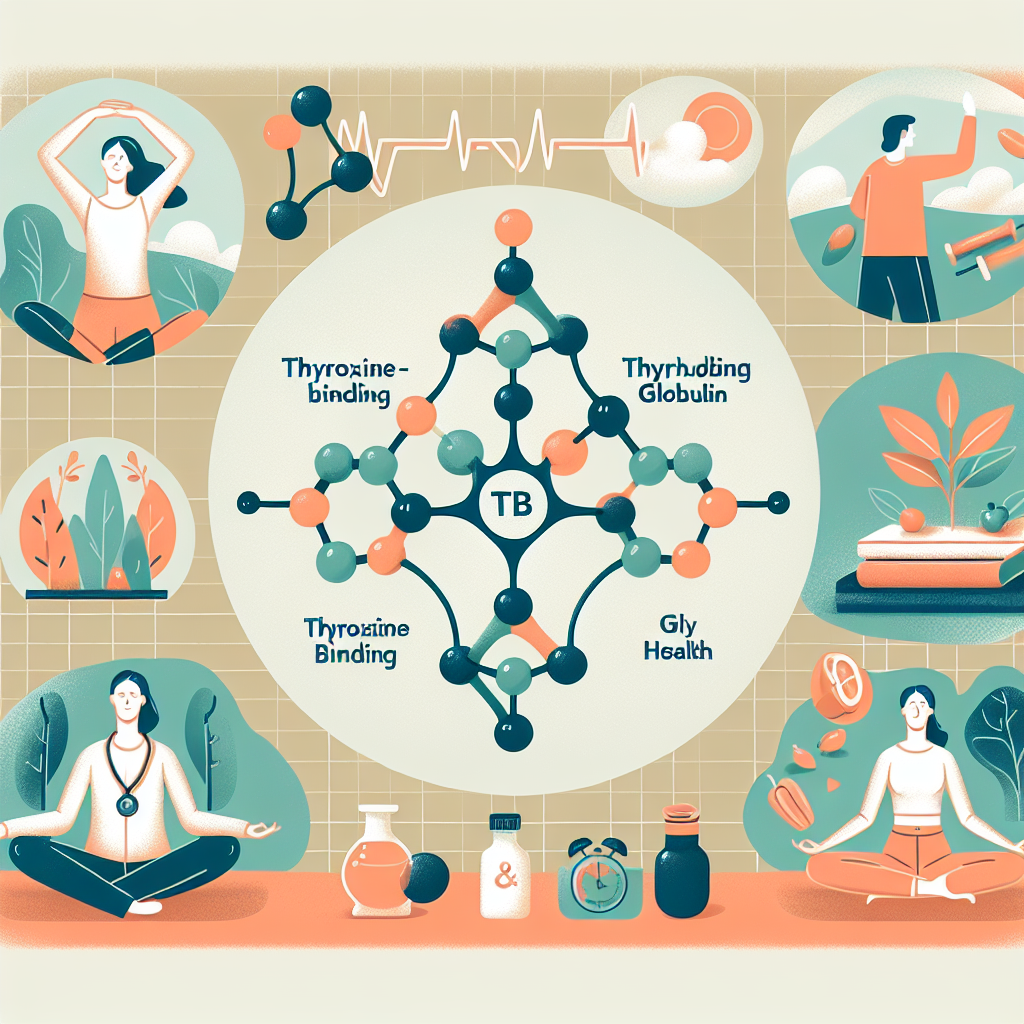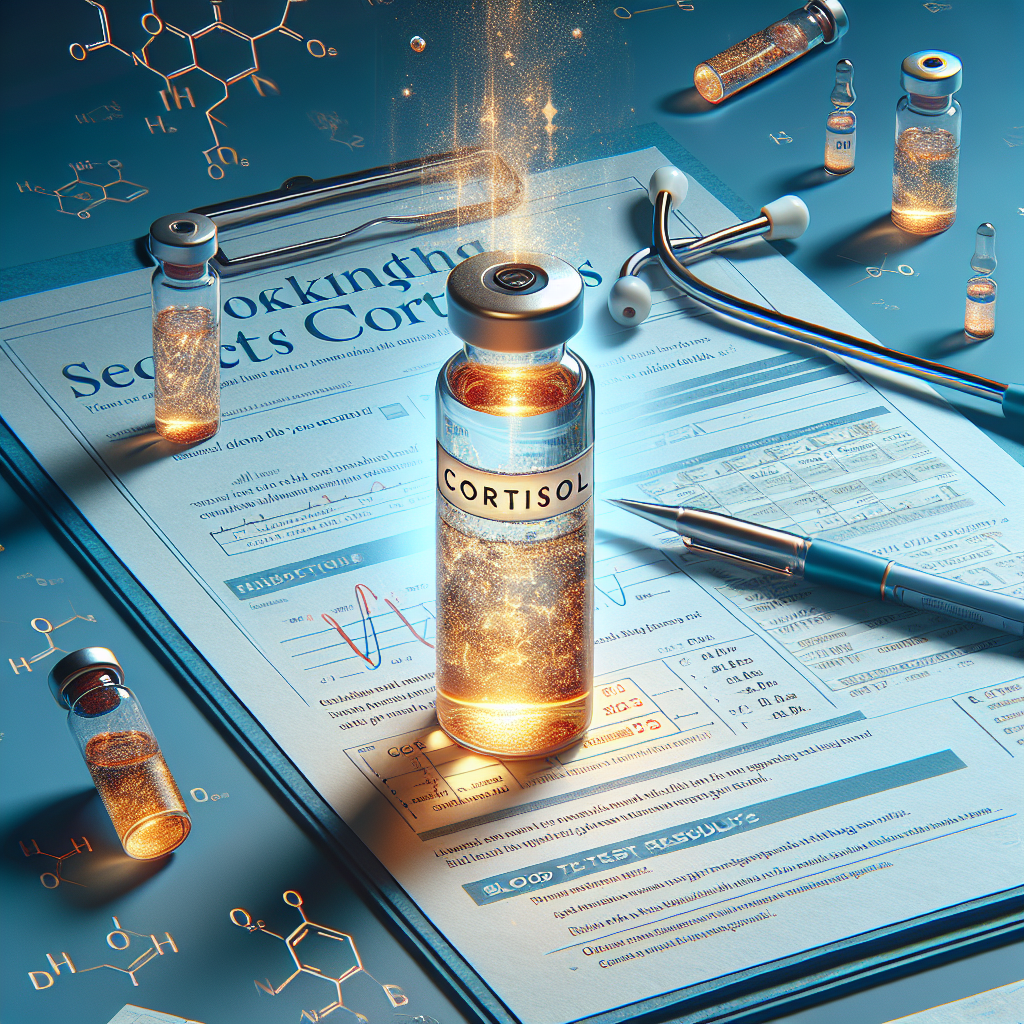Interpreting a blood test report can feel overwhelming, especially when you encounter technical terms like “erythrocytes,” which refer to your red blood cells. If your results show values outside the typical range, it might raise concerns. This guide offers a straightforward explanation of this critical health indicator, empowering you to have more meaningful conversations with your healthcare provider.
What Are Red Blood Cells?
Red blood cells (RBCs), also called erythrocytes, are the most abundant cells in your bloodstream. Their primary role is vital: they carry oxygen from your lungs to every part of your body and transport carbon dioxide back to the lungs for exhalation.
Your bone marrow serves as the production hub, generating roughly two million new RBCs every second. During their formation, these cells lose their nucleus to maximize oxygen-carrying capacity, but this also means they cannot reproduce or repair themselves.
The Importance of Hemoglobin
Hemoglobin, an iron-rich protein within red blood cells, is what gives blood its distinctive red hue. Each RBC contains about 270 million hemoglobin molecules, which bind oxygen in the lungs and release it to tissues that need it. Testing your RBC count reveals how effectively your body delivers oxygen, a key measure of overall wellness.
Why Monitoring Red Blood Cells Matters
Red blood cells interact with nearly every bodily system, ensuring cells receive the oxygen they need to function. Without a steady oxygen supply, no organ can operate optimally.
Abnormal RBC levels can lead to significant health issues. For instance, low counts (anemia) may cause ongoing tiredness, cognitive difficulties, or even heart complications if untreated. Conversely, excessively high counts (polycythemia) can thicken blood, raising the risk of clots that could trigger strokes. Globally, anemia affects about 25% of people, often due to iron deficiency. Regular checks help catch these issues early.
How to Interpret Your Blood Test
In a blood test report, red blood cell data appears in the Complete Blood Count (CBC) section, often labeled as “RBC,” “erythrocytes,” or “red cell count.” A typical result might look like this:
Red Blood Cells: 4.8 × 10¹²/L
This figure indicates the number of RBCs in trillions per liter of blood. Labs usually include reference ranges for comparison.
Reference Ranges: Men 4.5–5.9 × 10¹²/L / Women 4.0–5.2 × 10¹²/L
These ranges may differ based on factors like gender, age, or altitude. Always check your results against the lab’s specific reference values.
Conditions Associated with RBC Variations
RBC-related health issues typically fall into two categories: low counts (anemia) or high counts (polycythemia).
Low Red Blood Cell Count (Anemia)
Anemia, the most common RBC disorder, occurs when counts fall below normal. Its main causes include:
Iron Deficiency Anemia
The leading type of anemia, this results from insufficient iron to produce adequate hemoglobin, leading to smaller, less effective RBCs. Symptoms may include exhaustion, pale skin, brittle nails, or hair thinning.
Vitamin Deficiency Anemia
Insufficient vitamin B12 or folate impairs RBC production, resulting in oversized, immature cells (macrocytes). This can cause symptoms like numbness, tingling, or fatigue.
Hemolytic Anemia
This occurs when RBCs are destroyed prematurely due to immune conditions, genetic issues, or physical factors. Signs include jaundice, dark urine, or sudden weakness.
High Red Blood Cell Count (Polycythemia)
Polycythemia refers to an abnormally high RBC count, which thickens blood and increases clotting risks.
Primary Polycythemia
Also known as polycythemia vera, this rare blood cancer stems from a bone marrow mutation causing excessive RBC production. Symptoms include facial redness, itching (especially after hot showers), headaches, or dizziness.
Secondary Polycythemia
This is the body’s response to low oxygen levels (hypoxia), prompting increased RBC production. Causes include chronic lung conditions, high-altitude living, smoking, or certain tumors.
Tips for Managing Your RBC Levels
If your results show abnormal levels, your doctor will recommend next steps. Here’s some general advice:
For Slightly Low Counts
Your doctor may suggest retesting in a few months. Watch for symptoms like new fatigue or breathlessness. Boosting iron-rich foods like lean meats, beans, or leafy greens, paired with vitamin C sources (e.g., citrus or peppers), can aid iron absorption.
For Very Low Counts
Seek medical advice promptly. Your doctor will identify the cause and may prescribe supplements like iron, B12, or folate. Avoid self-medicating, as incorrect supplements may be ineffective or hide underlying issues.
For High Counts
Persistent high levels need medical evaluation. Staying hydrated with at least 2 liters of water daily helps, as dehydration can concentrate blood. Quitting smoking is critical, as it’s a common cause of secondary polycythemia.
Common Questions Answered
Do blood thinners affect RBCs?
Yes. High RBC counts increase blood thickness, potentially raising clotting risks and affecting blood thinner efficacy. Severe anemia may amplify bleeding risks. Your doctor factors in RBC levels when prescribing these medications.
What are RBC indices?
Indices like MCV (cell size), MCH (hemoglobin weight), and MCHC (hemoglobin concentration) reveal RBC quality, while the RBC count measures quantity. These help diagnose specific anemia types.
Can you have anemia with a normal RBC count?
Yes. Anemia is defined by low hemoglobin, not just low RBCs. Small or hemoglobin-poor cells (hypochromic) can cause anemia despite normal counts, often seen in chronic diseases or kidney issues.
Do RBC levels vary during the day?
Yes, levels fluctuate slightly (5–10%) due to fluid balance changes, typically peaking in the morning. For consistency, get tested at the same time of day.
How does chemotherapy impact RBCs?
Many chemotherapy drugs suppress bone marrow, reducing RBC production and causing anemia. This can affect treatments like radiation. Oncologists closely monitor RBC levels during therapy.
Can exercise affect RBC counts?
Yes, regular intense exercise may slightly (5–10%) increase RBC counts as the body adapts to improve oxygen delivery to muscles. Inform your doctor about your activity level when reviewing results.
Conclusion: A Vital Health Marker
Red blood cells are more than just a lab number—they reflect your body’s nutrition, oxygen delivery, and organ health. Understanding your RBC results makes you an active participant in your care, helping you spot potential issues early. Don’t wait for problems to arise—your next blood test holds critical insights, and now you’re better equipped to interpret them.
Further Resources
Don’t wait any longer to take control of understanding your blood tests. Understand your laboratory analysis results in minutes with our bloodsense.ai platform; your health deserves this special attention!

